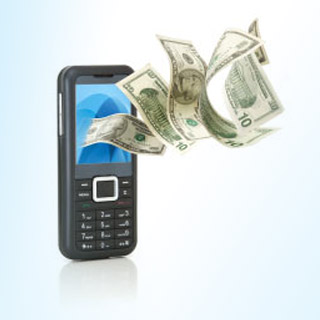When it comes to content marketing the prevailing thought among marketers is that the longer the content the less likely it will be used on a mobile device. The thought being that people will not engage with long form content marketing on a mobile device thus that type of content is best served on a PC.
Well based on the results of a recent joint campaign between Chevy and mobile media company Zumobi, marketers may want to rethink long form content marketing and its potential use on mobile devices.


 We’re in a state of mobile transition.
We’re in a state of mobile transition. A Comscore report revealed that only 6% of smartphone users scan QR codes. That equates to approximately 14 million users in the United States.
A Comscore report revealed that only 6% of smartphone users scan QR codes. That equates to approximately 14 million users in the United States. A recent study forecasting enormous growth in mobile payments for digital and physical goods comes as no great surprise.
A recent study forecasting enormous growth in mobile payments for digital and physical goods comes as no great surprise. Walking through Sears today I happened to come across a couple looking at a Kitchen Aid mixer, with the price of $199 prominently posted. The man pulled out his smartphone, read the barcode and told his partner “it’s cheaper at Best Buy. Let’s go.” And they left Sears, presumably headed to Best Buy. Out of curiosity, I loaded one of my trusty barcode reader apps (in this case,
Walking through Sears today I happened to come across a couple looking at a Kitchen Aid mixer, with the price of $199 prominently posted. The man pulled out his smartphone, read the barcode and told his partner “it’s cheaper at Best Buy. Let’s go.” And they left Sears, presumably headed to Best Buy. Out of curiosity, I loaded one of my trusty barcode reader apps (in this case,